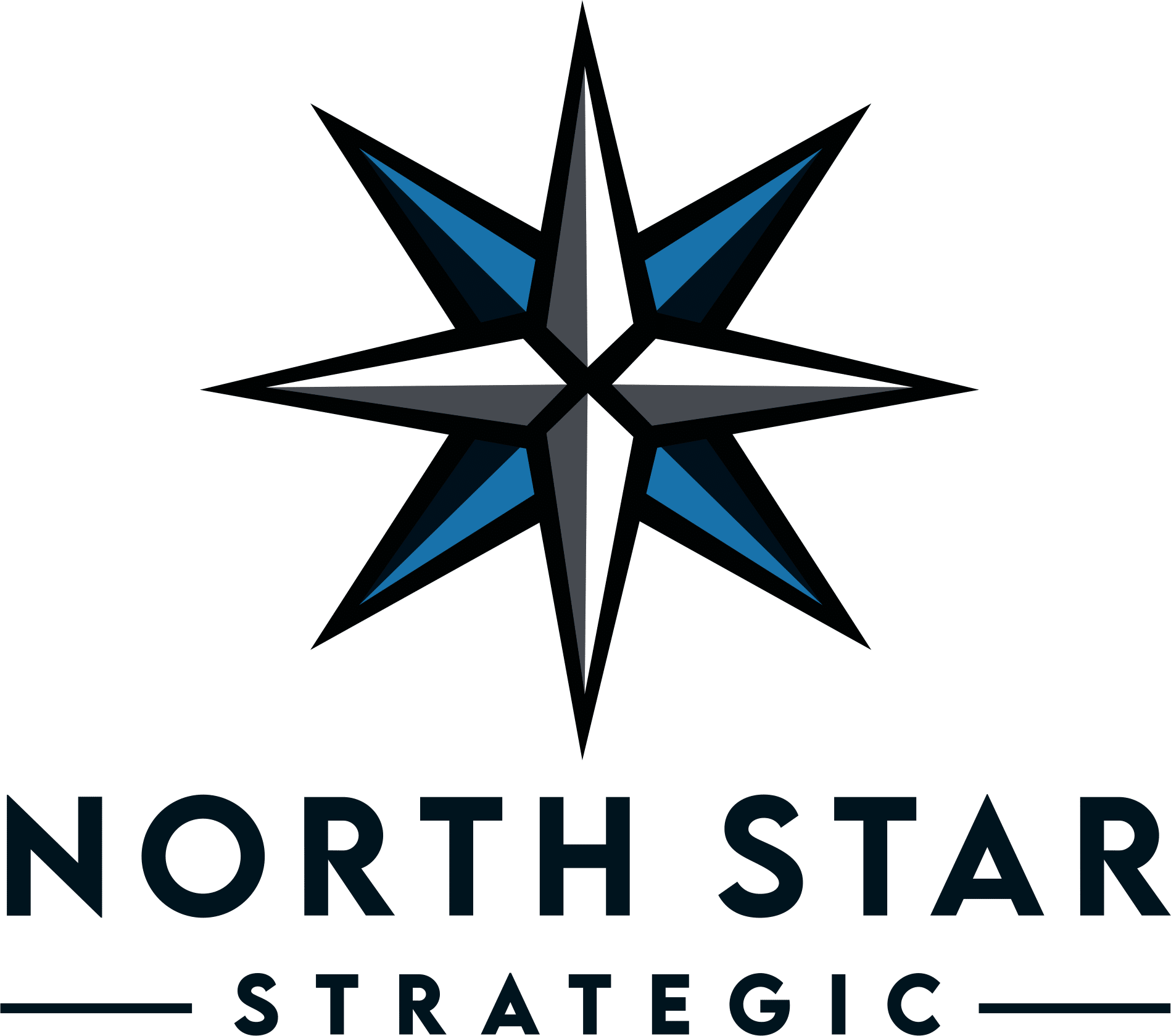Power and influence are critical in leadership, decision-making, and driving meaningful impact. Whether you’re leading a business, serving on a board, or advocating for change, understanding the sources of power can help you navigate relationships, shape perspectives, and move initiatives forward.
We’ve all heard the term executive presence—but what does that actually mean? Does it refer to how we carry ourselves, our clothing, the car we drive, how we articulate our message, or even the cut of our hair?
The reality is that while image matters, it only plays a small role in lasting influence. So, how much is image vs. substance?
-
✅ Appearance (First Impressions, Attire, Grooming) → 5-10%. – Helps with first impressions but won’t sustain influence.
✅ Communication & Presence (Speaking, Listening, Engagement) → 25-30% – The way you speak, listen, and engage holds far more weight..
✅ Gravitas & Influence (Confidence, Composure, Decision-Making) → 60-65%. This is where true executive presence is built and sustained.
A well-dressed, polished leader with no strategic influence will be quickly exposed, while a strategically powerful leader with average aesthetics can still command a room. The most impactful executives balance all three—but power, influence, and communication always matter more than material symbols.
So, how do we build out strategic power and influence?
The Five Sources of Power
In 1959, John French and Bertram Raven, social psychologists at the University of Michigan, introduced a framework identifying five sources of power that leaders use to influence others. Their work remains foundational in leadership and organizational behavior studies, helping leaders understand how power operates in different settings.
The five sources of power are:
- Legitimate Power – Authority granted by position.
- Expert Power – Influence through knowledge and skills.
- Referent Power – Influence through trust and admiration.
- Reward Power – Influence through incentives and recognition.
- Coercive Power – Influence through fear or consequences.
Each type of power has strengths and limitations, and the most effective leaders leverage multiple forms to create lasting impact.
1. Legitimate Power – Authority Granted by Position
Legitimate power comes from holding a recognized role within an organization, business, or board. It is derived from formal authority—such as being a CEO, board chair, or executive director—where others expect compliance due to the structure of leadership.
🔹 How to Strengthen It:
- Clearly define your role and responsibilities to establish credibility.
- Use your authority to empower, not dictate—effective leaders reinforce their legitimacy through fair decision-making.
- Align your position with a strong vision and purpose to gain respect beyond just the title.
🔹 Potential Pitfalls:
- Over-reliance on legitimate power can lead to resistance if people feel coerced rather than inspired.
- Positional power alone is not enough—leaders must supplement it with expertise, relationships, and personal influence.
2. Expert Power – Influence Through Knowledge and Skills
Expert power comes from possessing specialized knowledge, skills, or expertise that others value. People with expert power influence decisions because their insights are trusted and respected.
🔹 How to Strengthen It:
- Continuously build your expertise through learning, professional development, and hands-on experience.
- Share insights generously—educate, mentor, and contribute to discussions to reinforce your credibility.
- Stay ahead of industry trends to maintain relevance and authority.
🔹 Potential Pitfalls:
- Expertise must be communicated effectively—technical knowledge alone won’t influence unless it’s understood and applied.
- If expertise is not continuously updated, influence may diminish over time.
3. Referent Power – Influence Through Trust and Admiration
Referent power is based on personal relationships, reputation, and the ability to inspire others. It stems from respect, trust, and emotional connection rather than authority.
🔹 How to Strengthen It:
- Build strong, authentic relationships—listen actively, engage meaningfully, and show empathy.
- Lead by example—demonstrate integrity, consistency, and alignment between words and actions.
- Develop a strong personal brand and presence that others admire and want to follow.
🔹 Potential Pitfalls:
- Over-reliance on personal relationships without substantive decision-making can weaken authority.
- If trust is broken, referent power can quickly erode and be difficult to regain.
4. Reward Power – Influence Through Incentives and Recognition
Reward power comes from the ability to provide incentives—such as promotions, bonuses, recognition, or opportunities—to encourage specific behaviors.
🔹 How to Strengthen It:
- Recognize and reward contributions effectively—public recognition, mentorship, and growth opportunities can be powerful motivators.
- Ensure rewards are meaningful and aligned with values—what motivates one person may not work for another.
- Use rewards strategically to reinforce positive behaviors and performance.
🔹 Potential Pitfalls:
- Overuse of reward power can create a transactional environment rather than a culture of intrinsic motivation.
- If rewards become expected or perceived as unfairly distributed, their effectiveness diminishes.
5. Coercive Power – Influence Through Fear or Consequences
Coercive power is the ability to enforce compliance through consequences, such as disciplinary action, policy enforcement, or withholding benefits.
🔹 How to Strengthen It (When Necessary):
- Set clear expectations and consequences to maintain structure and accountability.
- Use coercion ethically—only when it aligns with fairness, justice, and organizational well-being.
- Combine with other sources of power to ensure decisions are respected rather than feared.
🔹 Potential Pitfalls:
- Overuse can damage morale, culture, and relationships.
- Fear-based leadership may result in short-term compliance but long-term disengagement or resistance.
Using Power Effectively
No single source of power is sufficient on its own. The most effective leaders understand when and how to apply different types of power based on the situation, audience, and organizational culture.
✅ Combine Power Sources: Blending expert, referent, and legitimate power often yields the most sustainable influence.
✅ Use Power Ethically: Influence should be used to inspire, support, and lead—not to control or manipulate.
✅ Adapt to Context: Different environments require different approaches—effective leaders recognize when to lead with expertise, relationships, or authority.
French and Raven’s framework remains one of the most insightful ways to analyze influence in leadership, and its principles apply across industries, organizations, and governance structures.
Understanding and leveraging these five sources of power can help you expand your influence, strengthen leadership effectiveness, and create meaningful impact in your organization and beyond.
👉 How have you used these sources of power in your leadership journey? Which type do you rely on most?
#Leadership #Influence #BoardDevelopment #StrategicLeadership #PowerAndInfluence






